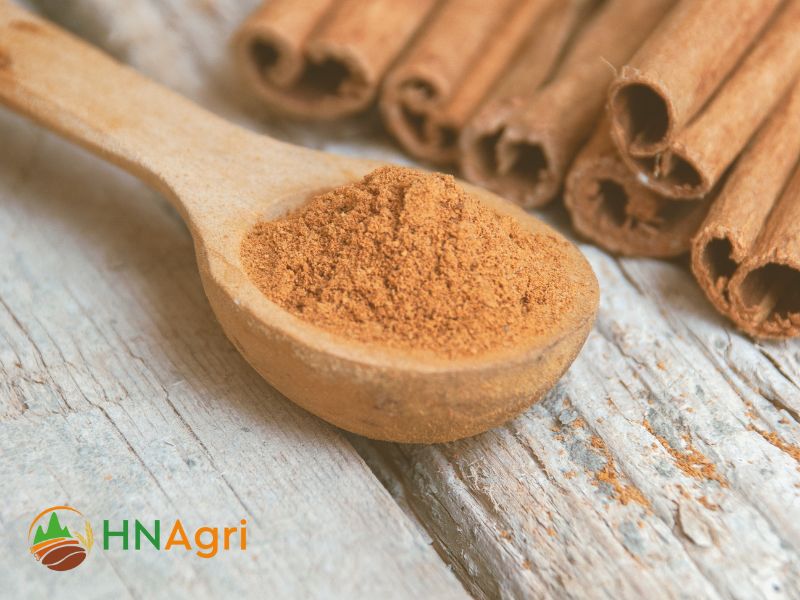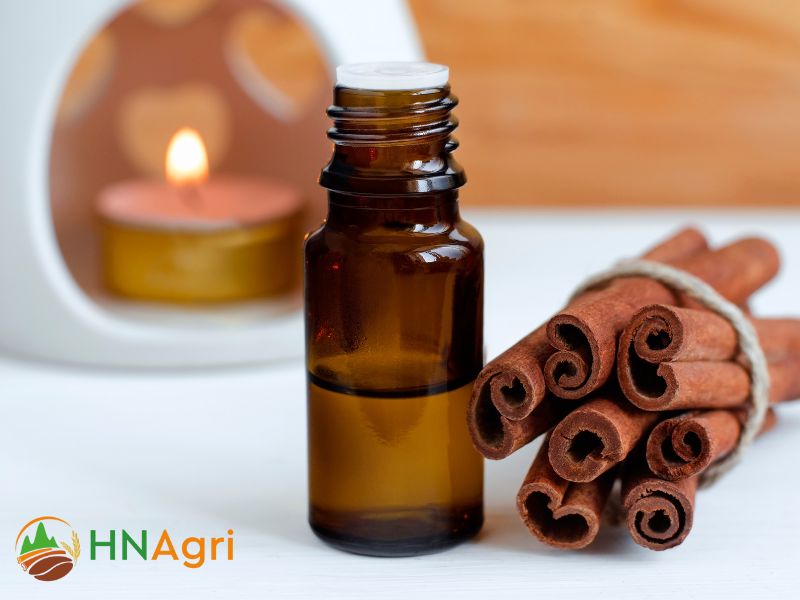Unveil the intriguing battle between Vietnamese cinnamon and Ceylon cinnamon in our latest blog post. Explore the unique characteristics, flavors, and culinary applications of each spice to determine the best choice for your kitchen.
1. Questions about comparison between Vietnamese cinnamon vs ceylon cinnamon
Here are some of the most frequently asked questions about the difference between Vietnamese cinnamon and Ceylon cinnamon.
- What are the key differences in flavor profiles between Vietnamese cinnamon vs Ceylon cinnamon?
- Are there variations in the appearance and texture of Vietnamese cinnamon and Ceylon cinnamon?
- How does the essential oil content differ between Vietnamese cinnamon vs Ceylon cinnamon?
- Are there any notable differences in the health benefits associated with Vietnamese cinnamon and Ceylon cinnamon?
- What is the difference in price of Vietnamese cinnamon vs Ceylon cinnamon?

Questions about comparison between Vietnamese cinnamon vs ceylon cinnamon
2. Answer the above questions about Vietnamese cinnamon vs ceylon cinnamon
Here are the answers to questions about the comparison between Vietnamese cinnamon and Ceylon that you can refer to.
2.1. Key differences in flavor profiles between Vietnam cinnamon vs Ceylon cinnamon
The flavor profiles of Vietnamese cinnamon vs Ceylon cinnamon exhibit notable differences, offering unique culinary experiences. Here are the key distinctions:
- Vietnamese Cinnamon: Known for its bold and intense flavor, quality Vietnamese cinnamon offers a rich and warm taste with a slightly spicy kick. It is characterized by a pronounced sweetness that lingers on the palate, reminiscent of sweet, aromatic notes of cloves and citrus. The robust and assertive flavor of Vietnam cinnamon adds depth to both sweet and savory dishes.
- Ceylon Cinnamon: Ceylon cinnamon, also known as “true” cinnamon, possesses a delicate and refined flavor profile. It exudes a subtle, citrusy sweetness with hints of floral and woody notes. Compared to Vietnam cinnamon, it has a milder and more nuanced taste, allowing it to complement dishes without overpowering other flavors. Ceylon cinnamon is prized for its sophisticated and complex flavor profile.
2.2. Variations in the appearance of Vietnamese cinnamon vs Ceylon cinnamon
Vietnamese cinnamon and Ceylon cinnamon display variations in their appearance, providing visual and tactile distinctions. Here are the key differences:
- Vietnamese Cinnamon: Vietnamese cinnamon sticks are thick and have a rough, dark brown outer bark. The inner bark tends to be a reddish-brown color, and it often has a coarser texture compared to Ceylon cinnamon.
- Ceylon Cinnamon: Ceylon cinnamon sticks are thin and have a delicate, tan to light brown color. The bark is thinner and more brittle, and it often appears to be tightly rolled into multiple layers.
2.3. The essential oil content between Vietnamese cinnamon vs Ceylon cinnamon
The exact percentage of essential oil content can vary depending on several factors, including the specific batch, growing conditions, and processing methods. However, as a general guideline, Vietnamese cinnamon typically has an essential oil content ranging from 1% to 2.5%. On the other hand, Ceylon cinnamon usually has a slightly lower essential oil content, typically ranging from 0.5% to 1.5%.
These percentages are approximate and can vary, so it’s important to note that the essential oil content alone does not determine the quality or flavor profile of the cinnamon. Other factors, such as the overall freshness, aroma, and taste, contribute to the overall experience of using Vietnamese or Ceylon cinnamon in culinary applications.

The essential oil content between Vietnamese cinnamon vs Ceylon cinnamon
2.4. Differences in the health benefits associated with Vietnamese cinnamon vs Ceylon cinnamon
Coumarin is a naturally occurring compound found in cinnamon that can be harmful in high doses.
Vietnamese cinnamon generally has higher levels of coumarin compared to Ceylon cinnamon. Consuming large amounts of coumarin over an extended period may be toxic to the liver. Thus, Ceylon cinnamon is considered safer for regular consumption, especially for individuals who consume cinnamon in significant quantities or have liver conditions. Therefore, the volume of importing ceylon cinnamon is also increasing in the world spices.
2.5. The difference in price of Vietnamese cinnamon vs Ceylon cinnamon
The cultivation and production of Ceylon cinnamon are relatively limited, making it rarer and potentially more costly to obtain compared to Vietnamese cinnamon.
Ceylon cinnamon is often hand-processed and delicately rolled into thin quills, while Vietnamese cinnamon is typically thicker and coarser. The additional labor and attention to detail in processing Ceylon cinnamon contribute to its higher price. Additionally, Ceylon cinnamon is known for its sweeter and more delicate flavor profile, which is highly regarded by some enthusiasts.
3. Some considerations when choose between Vietnamese cinnamon vs Ceylon cinnamon
The choice between Vietnamese cinnamon and Ceylon cinnamon depends on your personal preference, intended use, and specific requirements, such as flavor, health considerations, and budget.
It may be helpful to try both varieties and experiment with them in your cooking and baking to determine which one suits your taste and needs best. But, if you want to try high quality cassia cinnamon wholesale service, then Vietnam is a perfect choice for you. Vietnam supplies from wholesale cinnamon powder to wholesale cinnamon sticks, oil. This is a potential supplier that you should not miss.